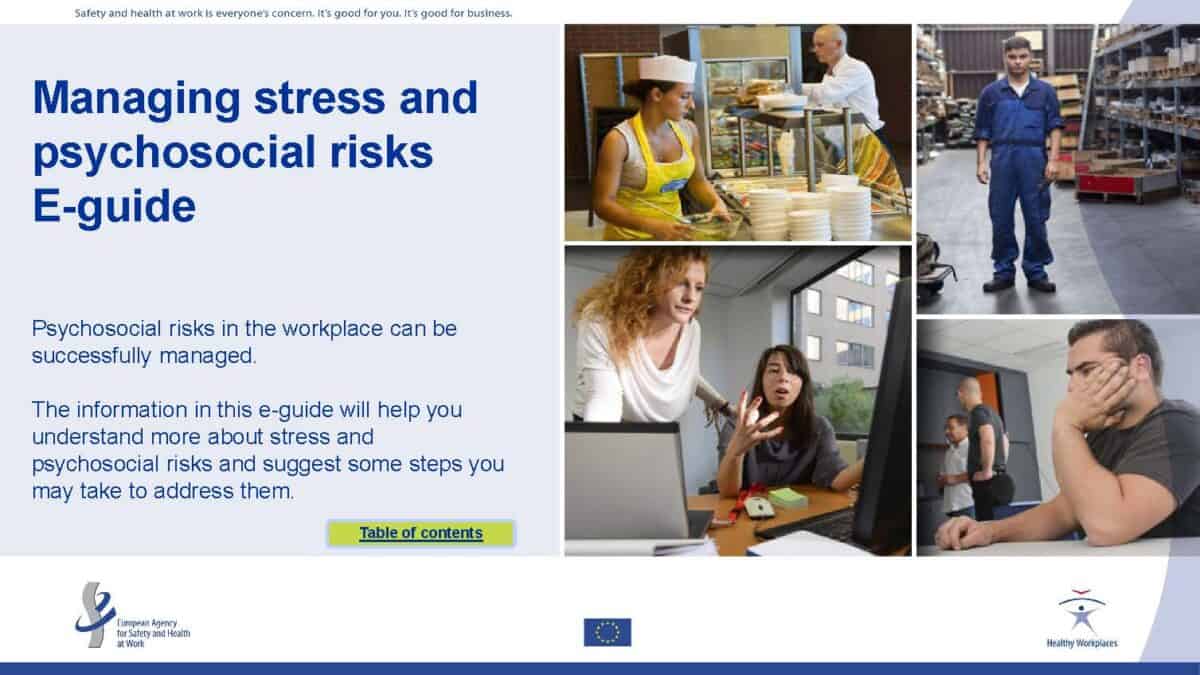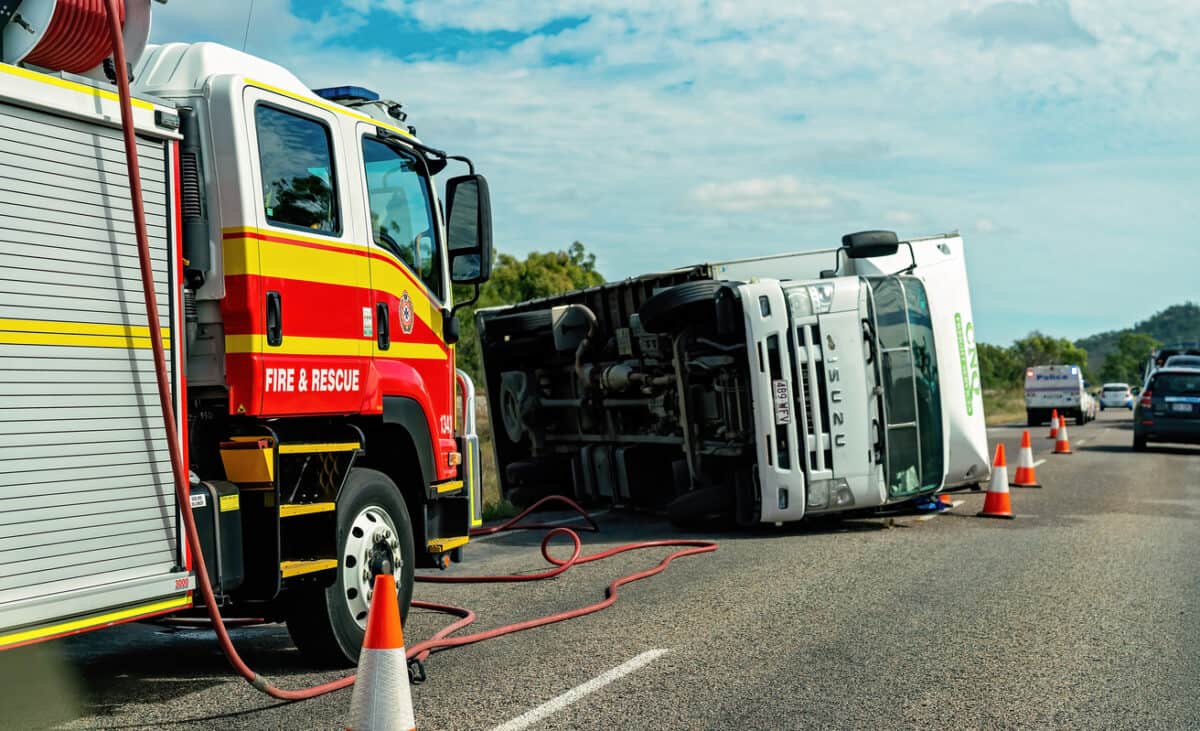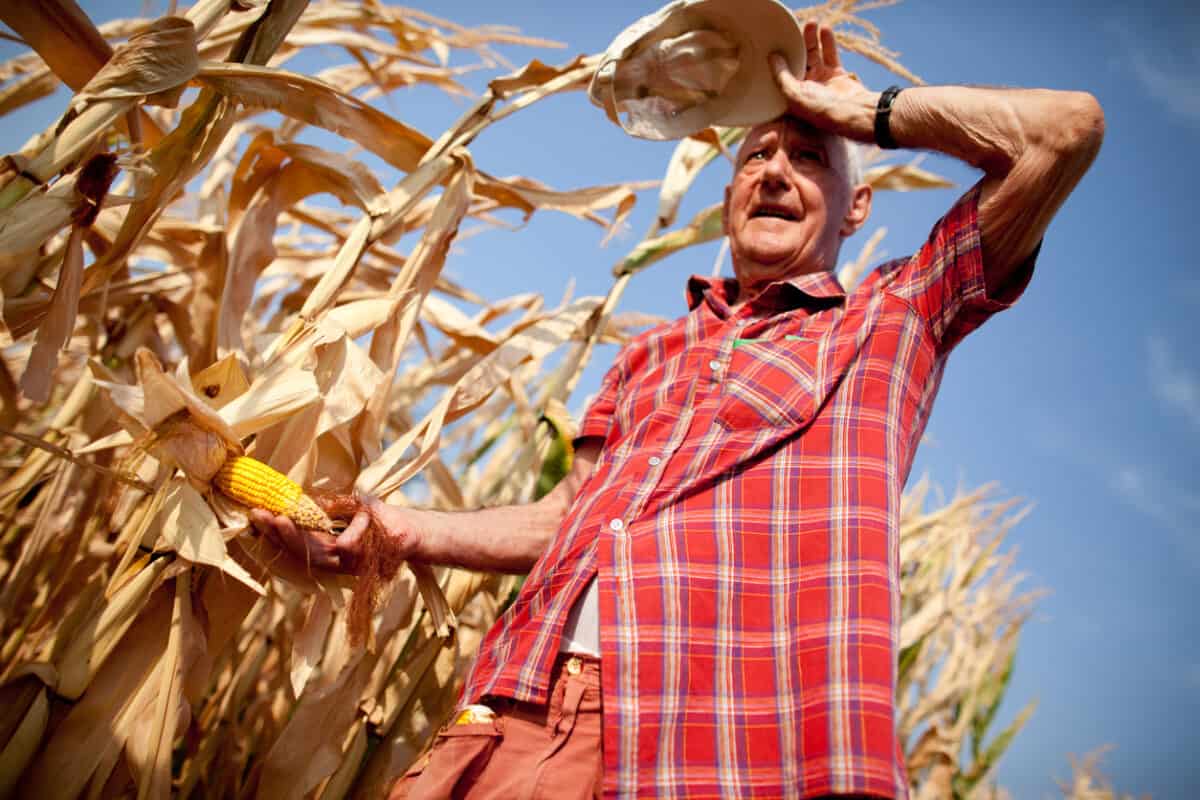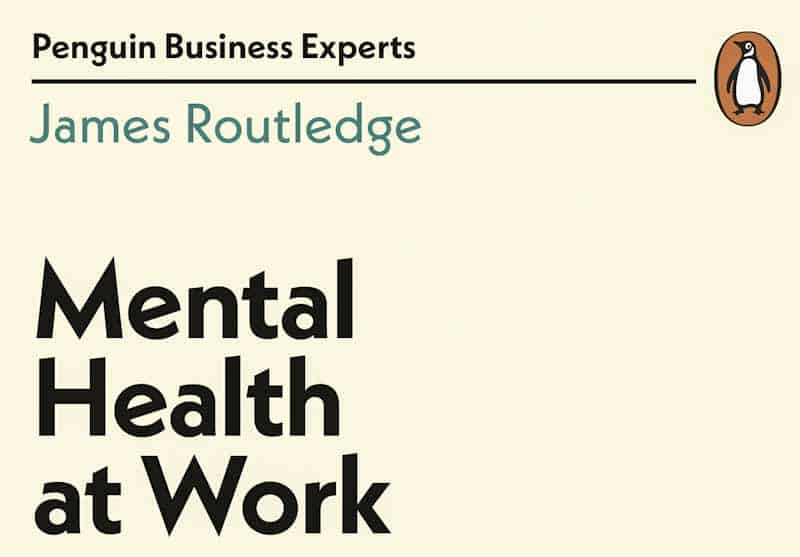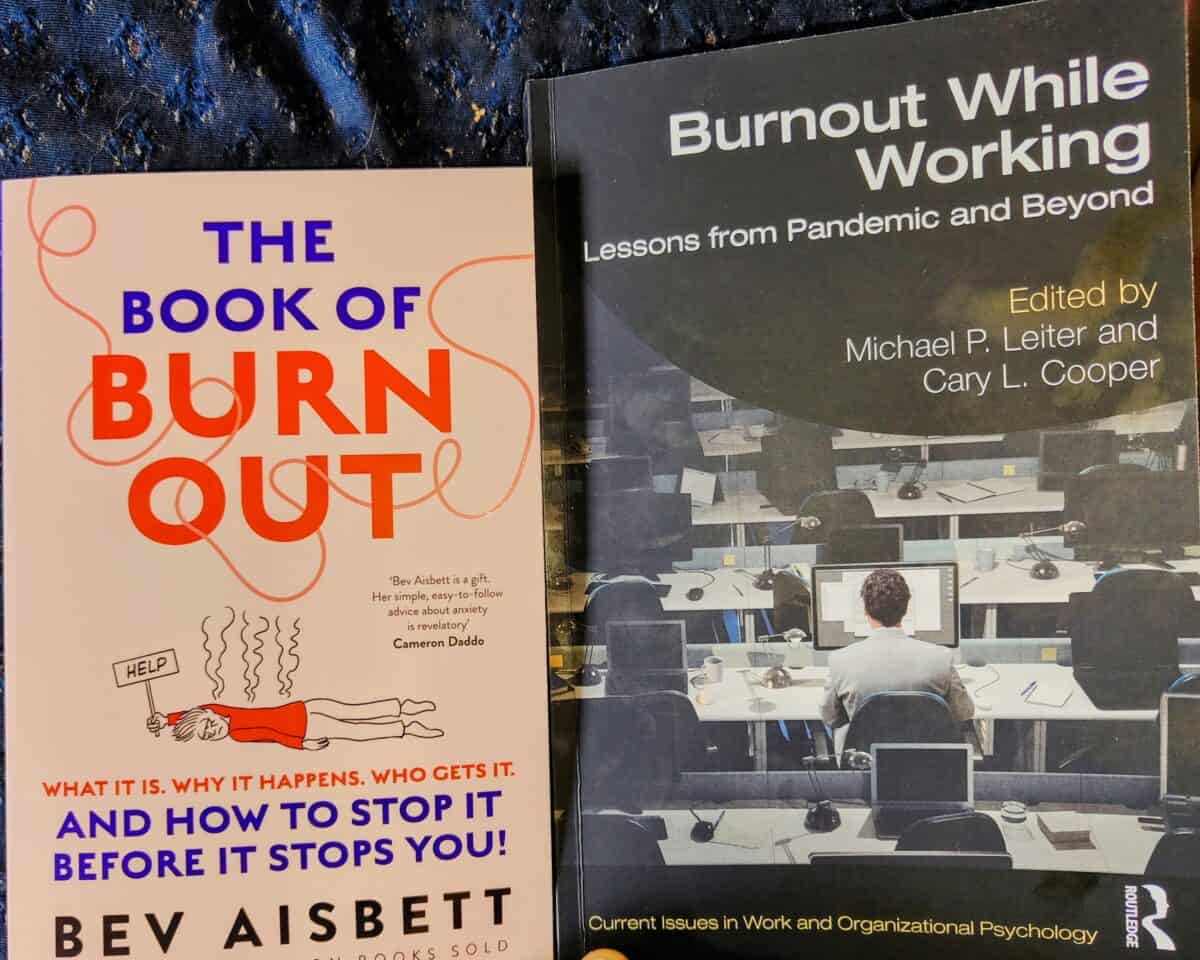An employment dispute over working hours has entered the mainstream media as it relates to the office of one of the crossbench independent members of parliament, a favourite target of some of the media. The dispute over the meaning of additional reasonable working hours illustrates several occupational health and safety (OHS) issues.
Category: hazards
Plain psychosocial health guide has great potential
Recently the European Agency for Safety and Health at Work released an “e-guide” on managing stress and psychosocial risks at work. It offers a radical contrast to some of the information on risks and burnout that originate from the United States.
The e-guide is really a PDF file that uses the software’s features to establish links between the table of contents and relevant pages of information. This is a little “old school” but the Agency often does this, I think, to allow for wide distribution and easy application.
Another burnout book from the US that ignores OHS duties
Advisory books about how to manage Burnout continue to be published. Another one that, due to the format and publisher, could be influential is Burnout for Dummies by Eva Selhub. Sadly, Selhub consciously downplays the occupational health and safety (OHS) role in preventing Burnout. Her choice sidelines OHS, the organisational context and the employer’s duty of care, but that seems typical for Burnout authors from the United States.
Trucking inquiries scare the Conservatives
Australia’s newspapers have recently reported on the moves by the Federal Government to review the safety and working conditions of the country’s truck drivers. As expected, The Australian newspaper is painting this as the Government paying back its ideological and financial backers – the trade unions – and the resurrection of the Road Safety Remuneration Tribunal (RSRT), even though the Government denies this will happen.
Occupational health and safety (OHS) sits behind some elements of the debate. As with most things OHS, it will not be a game-changer in a discussion over pay rates and minimum standards, but it is a serious consideration, and deservedly so.
Extreme heat
Global warming is affecting how we work just as much as how we live. Working in Heat policies are designed based on experience rather than meteorological and climate forecasts, meaning these documents are always chasing reality and not getting ahead of the occupational hazard.
On January 19, 2023, Steven Greenhouse (coincidental name) looked at the topic of working in extreme for Nieman Reports writing that:
“High heat can be a big problem for the nation’s workers, not just farmworkers and construction workers, but delivery workers, utility workers, landscaping workers, and warehouse workers.”
Mental health book should be influential due to lack of bullshit
Some of the recent guidance on mental health at work from occupational health and safety (OHS) regulators is not scintillating or even engaging. Their purpose is to provide information with the hope it is presented in a workplace by someone super-communicative and influential. (C’mon, really? We’re talking about OHS here.)
Luckily there is a recent easy-to-read book of fewer than 150 pages that reads like a conversation over a single afternoon with the reader about Mental Health At Work.
Continue reading “Mental health book should be influential due to lack of bullshit”The two extremes of managing burnout
Two new books about burnout arrived on my doorstep this week. They could not be more different. They reflect the mess of approaches to this type of psychosocial injury. Only one provides valid, useful evidence and advice.
Bev Aisbett released a book that I found unreadable – partly because of the advice offered but mostly because of the atrocious formatting where she YELLS almost all the time in the most annoying social media way. Below is a random example.


